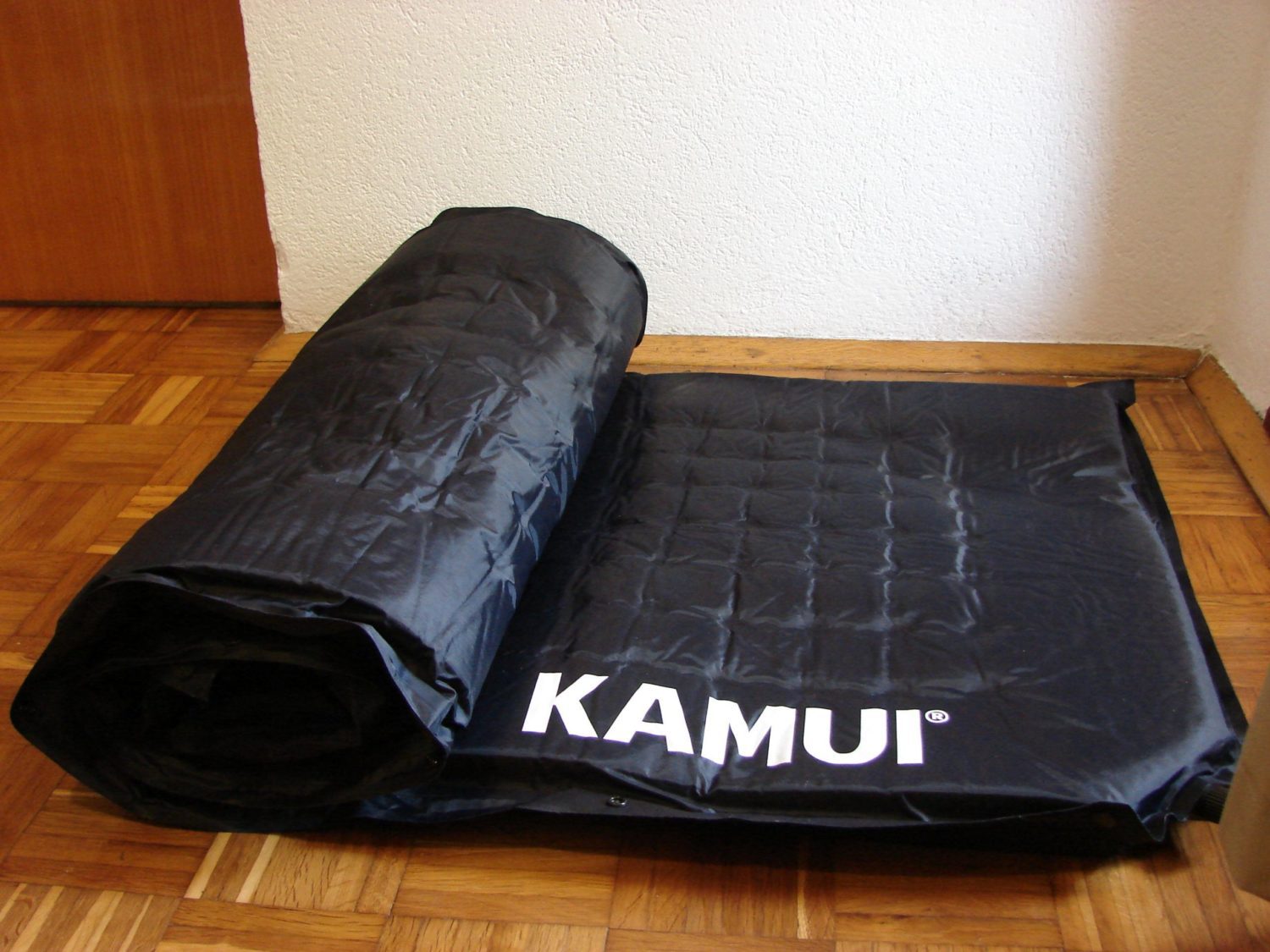

Articles
How To Store Self Inflating Sleeping Pad
Modified: March 19, 2024
Learn the best methods for storing self-inflating sleeping pads with our informative articles. Keep your gear in top condition and maximize the lifespan of your sleeping pad.
(Many of the links in this article redirect to a specific reviewed product. Your purchase of these products through affiliate links helps to generate commission for Storables.com, at no extra cost. Learn more)
Introduction
A self-inflating sleeping pad is a valuable piece of gear for outdoor enthusiasts. It provides a comfortable and insulated surface for sleeping, making it a must-have item for camping trips, backpacking adventures, and other outdoor activities. To ensure the longevity and optimal performance of your self-inflating sleeping pad, proper storage is essential. In this article, we will guide you through the steps to store your self-inflating sleeping pad effectively.
When it comes to storing your self-inflating sleeping pad, there are a few key considerations to keep in mind. Firstly, choosing the right storage location is crucial. This means finding a cool, dry, and well-ventilated area where your sleeping pad can remain protected from moisture, extreme temperatures, and any potential damage.
Once you have identified the suitable storage location, it’s important to prepare your sleeping pad for storage. Begin by cleaning and drying the pad thoroughly. This ensures that any dirt, debris, or moisture accumulated during your outdoor adventures is removed before storage, preventing mildew or mold growth.
Rolling up the pad properly is another crucial step in the storage process. When done correctly, it minimizes the risk of damage and ensures that the pad retains its shape and functionality. We will walk you through the proper rolling technique to make it easier and more effective.
As you store your self-inflating sleeping pad, it’s important to keep it protected from potential damage. This can be achieved by using a storage bag or a stuff sack specifically designed for sleeping pads. These bags provide an added layer of protection, keeping your pad organized and safeguarded from any sharp objects or rough surfaces.
Lastly, we will provide you with some additional tips for long-term storage of your self-inflating sleeping pad. These tips will help to further protect your pad, prevent any potential issues, and ensure that it remains in excellent condition for future use.
By following the steps and tips outlined in this article, you can store your self-inflating sleeping pad properly and extend its lifespan. Let’s dive in and explore the essential steps to store your self-inflating sleeping pad effectively.
Key Takeaways:
- Proper storage of a self-inflating sleeping pad is crucial for maintaining its quality and longevity. Choose the right storage location, clean and dry the pad thoroughly, and roll it up properly to ensure optimal performance.
- Additional tips for long-term storage, such as keeping the pad elevated, avoiding compression, and periodically reinflating, help maintain its quality and self-inflation capability. Use silica gel packs to combat moisture and rotate the storage location for consistent conditions.
Read more: How To Store Sleeping Pad
Choosing the Right Storage Location
Choosing the right storage location for your self-inflating sleeping pad is crucial in preserving its quality and longevity. Here are some factors to consider when selecting the perfect spot:
- Avoid Moisture: Moisture can cause damage to your sleeping pad, leading to unpleasant odors, mildew, and even the breakdown of materials. Keep your pad away from damp areas or any sources of moisture, such as basements or bathrooms.
- Maintain Stable Temperature: Extreme temperature fluctuations can also have adverse effects on your sleeping pad. Avoid storing it in areas prone to extreme heat or cold, such as attics or garages.
- Ensure Sufficient Ventilation: Proper airflow is important to prevent the growth of mold or mildew. Choose a storage location that allows for adequate ventilation, whether it’s a closet with ventilation slats or an area with good air circulation.
- Protect from Direct Sunlight: Prolonged exposure to direct sunlight can cause the materials of your sleeping pad to deteriorate. Opt for a spot that offers protection from harmful UV rays.
- Avoid Pests: Keep your sleeping pad away from areas where pests, such as mice or insects, may be present. These critters can cause damage by chewing through the pad or using it for nesting.
Considering these factors will help ensure that your self-inflating sleeping pad remains in optimal condition during storage. A cool, dry, and well-ventilated space, like a closet or a dedicated gear storage area, is often the best choice.
If you’re storing your sleeping pad for an extended period, it’s also wise to periodically check the storage location to ensure that there are no signs of moisture, pest infestations, or other potential issues that could harm the pad. Taking these precautions will help keep your self-inflating sleeping pad in top shape for your next outdoor adventure.
Cleaning and Drying the Sleeping Pad
Before storing your self-inflating sleeping pad, it’s essential to clean and dry it thoroughly. This will help remove any dirt, sweat, or moisture that may have accumulated during your outdoor adventures. Follow these steps to ensure a clean and dry sleeping pad:
- Brush off Loose Dirt: Begin by gently brushing off any loose dirt or debris from the surface of the sleeping pad. Use a soft-bristled brush or a cloth to avoid causing any damage to the pad.
- Spot Cleaning: If there are any stains or localized areas that require cleaning, use a mild soap or baby shampoo mixed with water to create a diluted cleaning solution. Dampen a clean cloth with the solution and gently scrub the affected areas. Avoid using harsh chemicals, as they can degrade the materials of the sleeping pad.
- Rinse and Wipe: After spot cleaning, rinse the sleeping pad with clean water to remove any soap residue. Wipe it down with a clean cloth or sponge to ensure all dirt and cleaning solution are completely removed.
- Air Dry: Once the sleeping pad is clean, allow it to air dry completely before storing. Hang it or lay it flat in a well-ventilated area, away from direct sunlight or heat sources. Make sure both sides of the pad are adequately dried to prevent the growth of mold or mildew.
- Avoid Machine Drying: It’s important to note that machine drying is not recommended for most self-inflating sleeping pads. The heat from the dryer can cause damage to the materials and affect the pad’s performance. Stick to air drying methods for best results.
By following these cleaning and drying practices, you can ensure that your self-inflating sleeping pad is free from dirt, odor, and moisture before storage. This not only helps maintain the pad’s hygiene but also extends its lifespan.
Remember to always check the manufacturer’s instructions for specific cleaning recommendations, as different sleeping pad models may have unique care requirements. Taking the time to properly clean and dry your sleeping pad will ensure that it is ready for your next adventure!
Rolling Up the Pad Properly
Rolling up your self-inflating sleeping pad properly is essential to ensure its longevity and ease of use. Follow these steps to roll up your pad effectively:
- Deflate and Open the Valve: Start by deflating your sleeping pad completely. Open the valve to release the air trapped inside. Applying pressure to the pad will help expedite the deflation process. Make sure all the air is expelled before proceeding.
- Smooth Out the Surface: Spread out the sleeping pad on a clean and flat surface. Smooth out any wrinkles or creases to ensure an even surface for rolling.
- Roll Firmly and Tightly: Start rolling the pad from one end, applying firm and even pressure. Roll it tightly, removing any excess air as you go. This will help prevent the accumulation of air pockets inside the rolled-up pad.
- Avoid Folding: It’s best to avoid folding your sleeping pad whenever possible, as this can create permanent creases and affect its performance. Stick to rolling it up instead.
- Secure with Straps or Bands: Once the pad is rolled up, secure it with straps or bands specifically designed for sleeping pad storage. This will keep the pad compact and prevent it from unrolling during transportation or storage.
By following these steps, you can ensure that your self-inflating sleeping pad is rolled up properly, ready to be stored or transported. Rolling it tightly and securing it will not only save space but also protect the pad from potential damage.
Remember to consult the manufacturer’s instructions for any specific rolling techniques recommended for your particular sleeping pad model. Each pad may have its unique characteristics that require special attention when rolling and storing.
Properly rolled and secured, your self-inflating sleeping pad will be conveniently stored and ready for your next outdoor adventure, ensuring a comfortable and restful night’s sleep.
When storing a self-inflating sleeping pad, make sure to fully deflate it and roll it up tightly to remove any excess air. Store it in a dry, cool place away from direct sunlight to prevent damage to the material.
Storing the Sleeping Pad
Proper storage of your self-inflating sleeping pad is crucial in maintaining its quality and performance. Follow these steps to ensure the pad is stored correctly:
- Use a Storage Bag or Stuff Sack: To protect your sleeping pad from damage and keep it organized, use a storage bag or stuff sack specifically designed for sleeping pads. These bags provide an additional layer of protection, shielding the pad from any sharp objects or rough surfaces.
- Insert the Pad into the Bag: Slide the rolled-up sleeping pad into the storage bag or stuff sack, ensuring a snug fit. If your pad came with a storage bag, use it for the best fit. If not, choose a bag that is the appropriate size for your pad.
- Close or Seal the Bag: Seal the storage bag or stuff sack securely to keep out moisture, dust, and pests. Some bags come with drawstring closures, while others may have zippers or buckles. Whatever type of closure your bag has, ensure it is tightly sealed.
- Label the Bag: Consider labeling the storage bag with the name or description of the sleeping pad to easily identify it among your other outdoor gear. This will help you locate the pad quickly whenever you need it.
- Store in a Suitable Location: Find a cool, dry, and well-ventilated area to store your sleeping pad. A dedicated gear storage area, closet, or shelf is ideal. Make sure the area is not subject to extreme temperatures, direct sunlight, or moisture.
- Avoid Heavy Objects: When placing the stored sleeping pad, avoid putting heavy objects on top of it. This can cause unnecessary pressure and lead to deformation or damage to the pad.
By following these steps, you can ensure that your self-inflating sleeping pad is properly stored and protected until your next outdoor adventure. The storage bag or stuff sack will keep it organized and shielded from potential hazards, while the suitable storage location will maintain its integrity and performance.
Remember to periodically check the storage area for any signs of moisture, pests, or other issues that may affect your sleeping pad. Taking preventive measures will help preserve the quality of your pad and ensure it’s always ready for use.
With proper storage, your self-inflating sleeping pad will be well-maintained and ready to provide you with a comfortable and restful night’s sleep during your outdoor escapades.
Read more: How To Store A Sleeping Pad
Additional Tips for Long-Term Storage
In addition to the steps mentioned earlier, here are some additional tips to consider for long-term storage of your self-inflating sleeping pad:
- Keep it Elevated: If possible, store your sleeping pad in an elevated position, such as on a shelf or hanging from hooks. This helps prevent any potential damage from pests or moisture on the ground.
- Avoid Compression: While it may be tempting to compress your sleeping pad to save space, it’s best to store it unrolled and fully expanded. Prolonged compression can affect the pad’s ability to self-inflate and may lead to decreased performance over time.
- Inspect for Damage: Before storing your sleeping pad, visually inspect it for any signs of wear or damage. Check for punctures, tears, or any issues with the valve. Address any repairs needed before storing to prevent further damage or air leakage.
- Periodically Reinflate: To maintain the self-inflating capability of your pad, it’s a good idea to periodically inflate it while in storage and then deflate it again. This helps to keep the foam inside the pad resilient and ensures it retains its self-inflation functionality.
- Avoid Extreme Temperatures: Extreme heat or cold can have a detrimental effect on your sleeping pad’s materials over time. Avoid storing it in areas that are subject to drastic temperature fluctuations, such as attics or garages.
- Use Silica Gel Packs: To combat moisture, consider placing silica gel packs inside the storage bag or stuff sack. Silica gel absorbs moisture, helping to keep the sleeping pad dry and preventing the growth of mold or mildew.
- Rotate the Storage Location: If you have multiple storage areas available, consider rotating the location of your sleeping pad. This helps to distribute any potential wear or changes in temperature and humidity, ensuring more even and consistent storage conditions.
By following these additional tips, you can further protect your self-inflating sleeping pad during long-term storage. This will help maintain its quality, self-inflation capability, and overall performance, ensuring that it is always ready for your outdoor adventures.
Always refer to the manufacturer’s guidelines and recommendations for specific care and storage instructions, as different sleeping pad models may have unique considerations. Taking the time to properly care for and store your sleeping pad will prolong its lifespan and ensure you get the most out of your investment.
Conclusion
Proper storage of your self-inflating sleeping pad is essential for preserving its quality, performance, and longevity. By following the steps outlined in this article, you can ensure that your sleeping pad remains in excellent condition and ready for your next outdoor adventure.
Choosing the right storage location, such as a cool, dry, and well-ventilated area, is the first step. Avoiding moisture, extreme temperatures, and pests will help protect your sleeping pad from potential damage.
Cleaning and drying the sleeping pad thoroughly before storage is crucial. Removing dirt, sweat, and moisture helps prevent the growth of mold or mildew and keeps the pad fresh and odor-free.
Rolling up the pad properly ensures that it retains its shape and functionality. Avoid folding and use even pressure to roll it tightly, removing excess air as you go. Secure it with straps or bands to keep it compact and prevent unrolling.
Storing the sleeping pad in a storage bag or stuff sack designed for sleeping pads provides extra protection. Labeling the bag and placing it in a suitable location further helps in keeping it organized and easily accessible.
For long-term storage, additional tips such as keeping the pad elevated, inspecting for damage, and periodically reinflating will help maintain its quality and self-inflation capability. Avoiding extreme temperatures and using silica gel packs to combat moisture are also beneficial.
By following these guidelines, you can ensure that your self-inflating sleeping pad remains in optimal condition, providing you with comfortable and restful nights during your outdoor escapades.
Remember to consult the manufacturer’s instructions specific to your sleeping pad model for any additional care and storage recommendations. With proper storage techniques, your self-inflating sleeping pad will be ready to accompany you on countless adventures, providing you with the comfort and support you need to fully enjoy the great outdoors.
Frequently Asked Questions about How To Store Self Inflating Sleeping Pad
Was this page helpful?
At Storables.com, we guarantee accurate and reliable information. Our content, validated by Expert Board Contributors, is crafted following stringent Editorial Policies. We're committed to providing you with well-researched, expert-backed insights for all your informational needs.
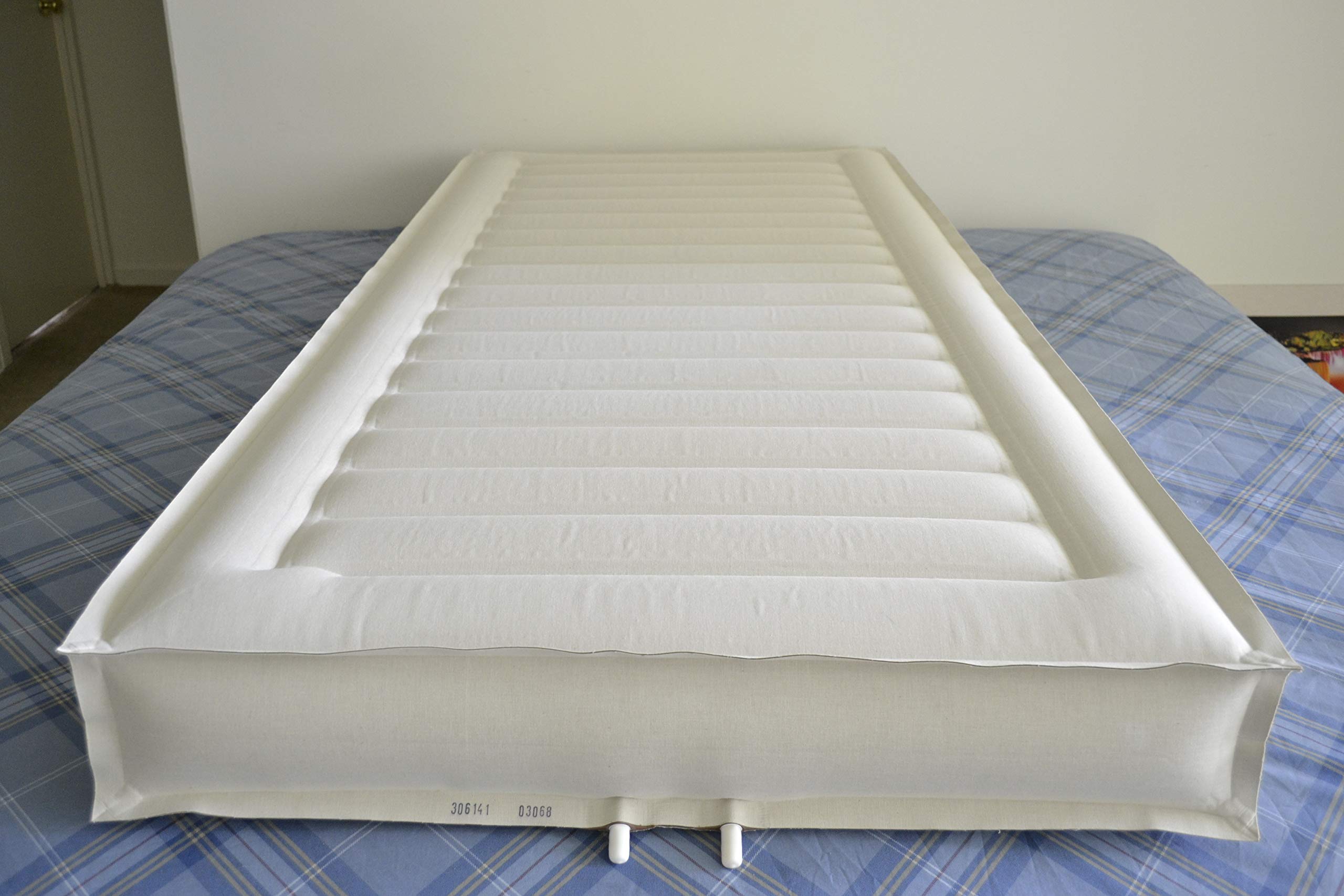
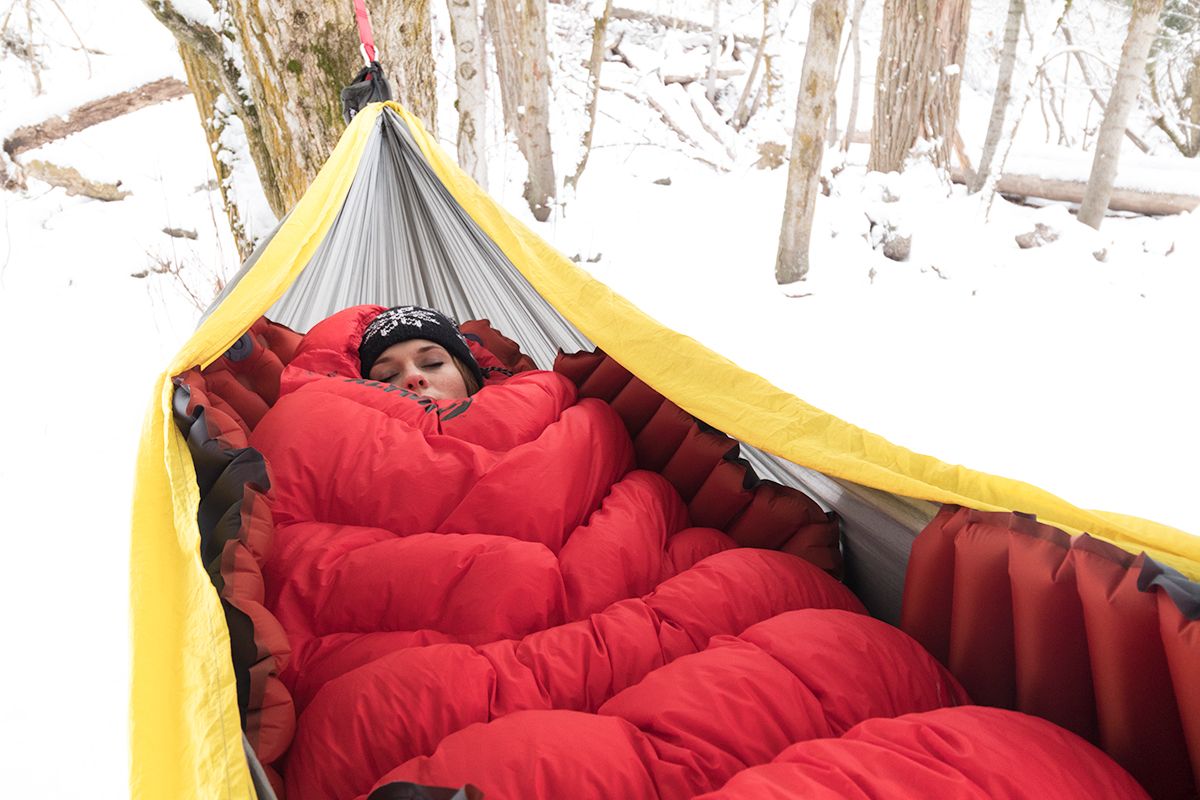
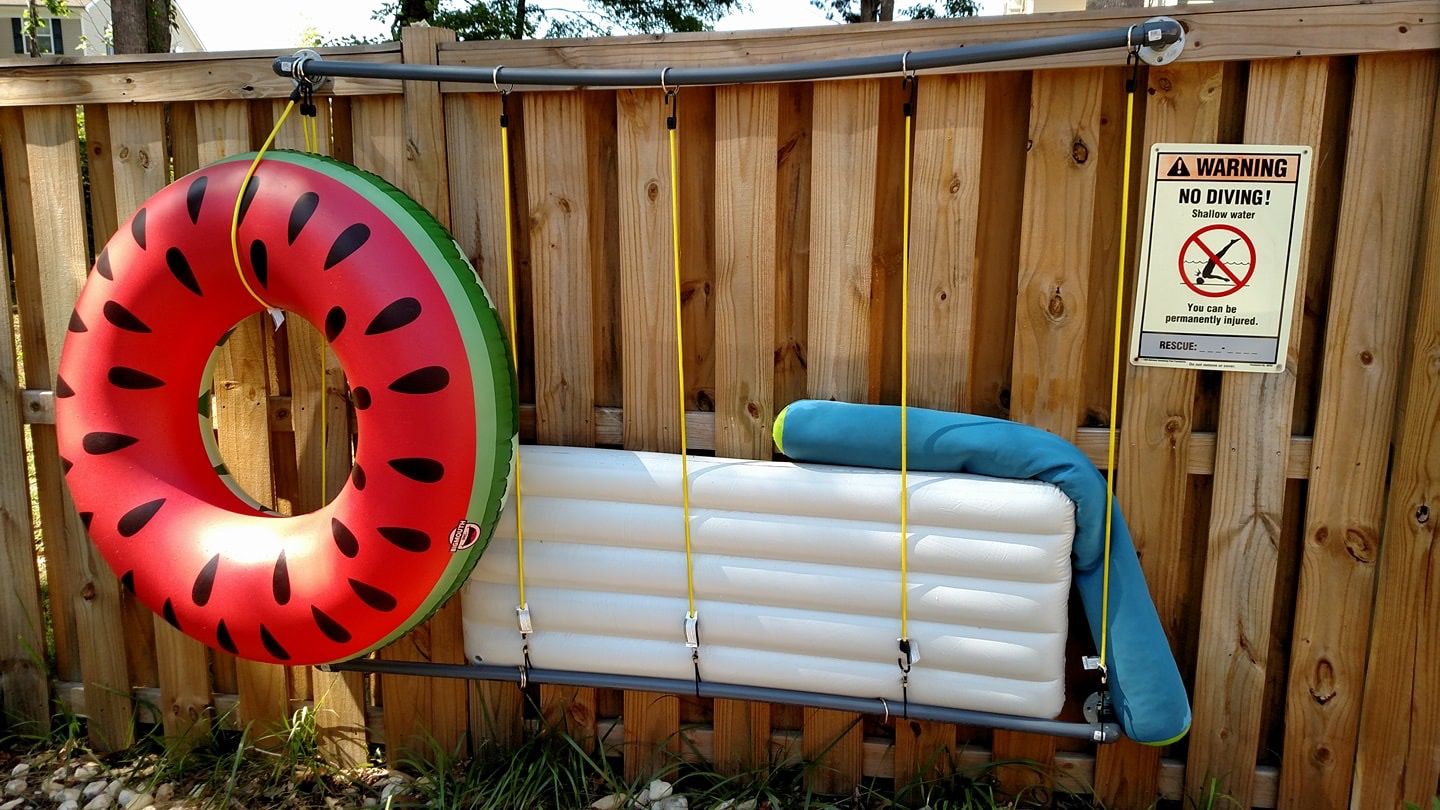
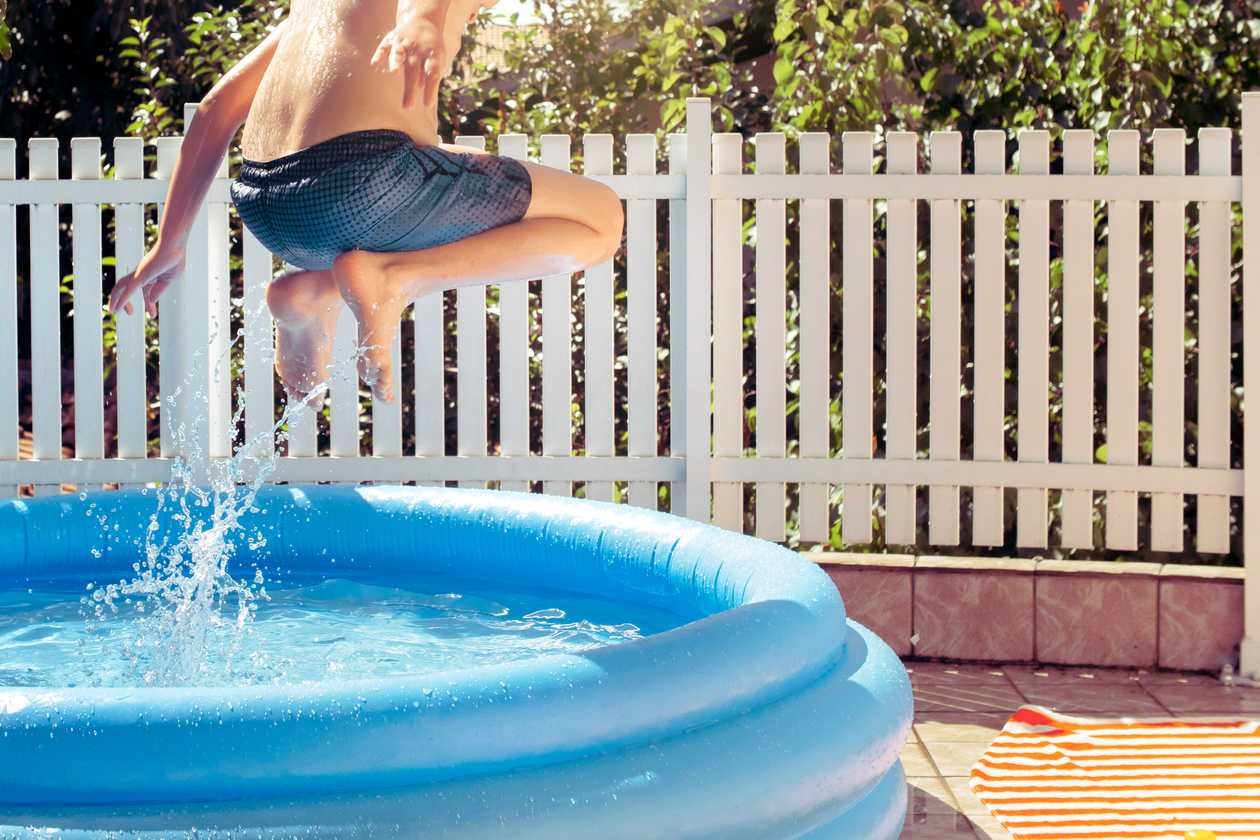
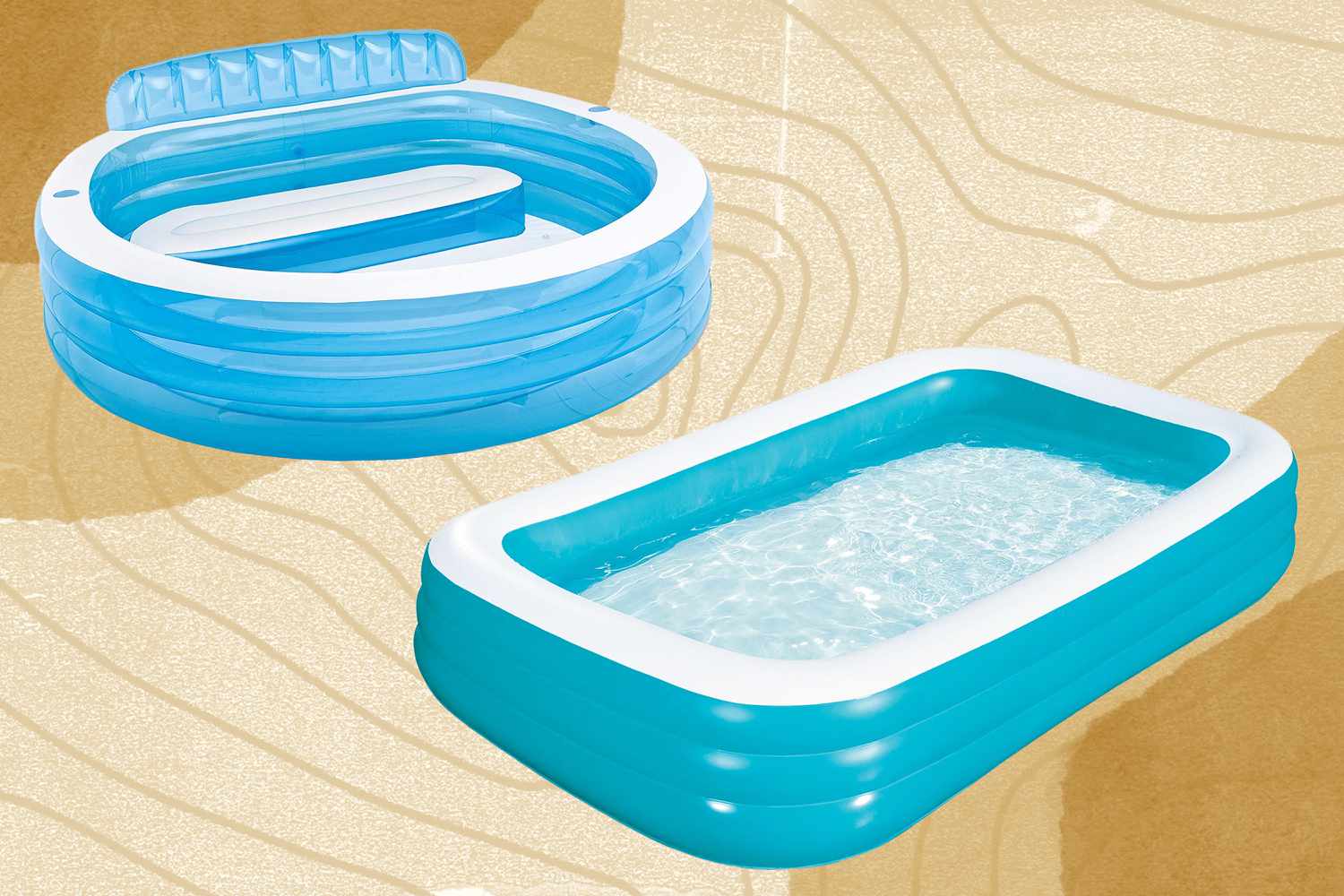
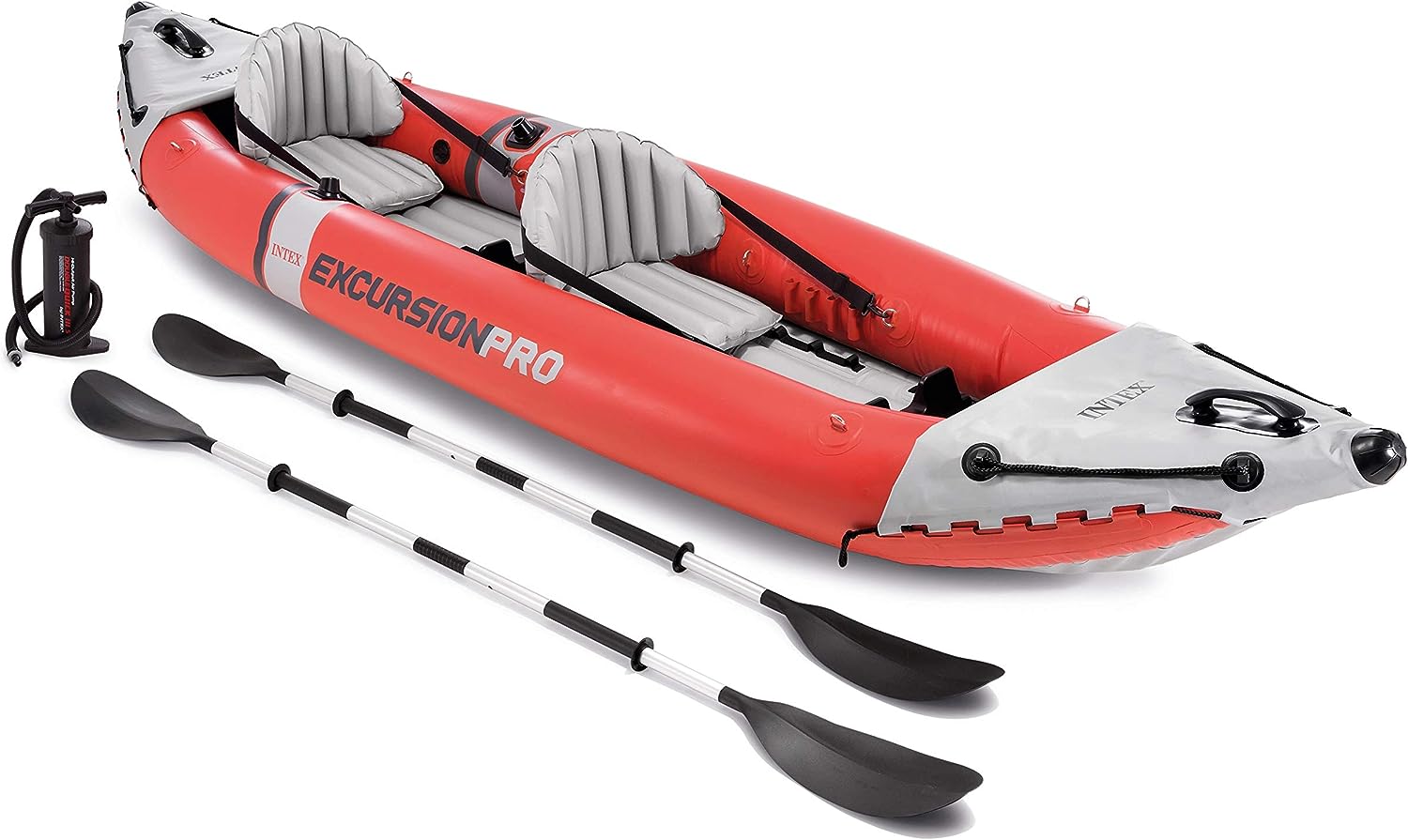
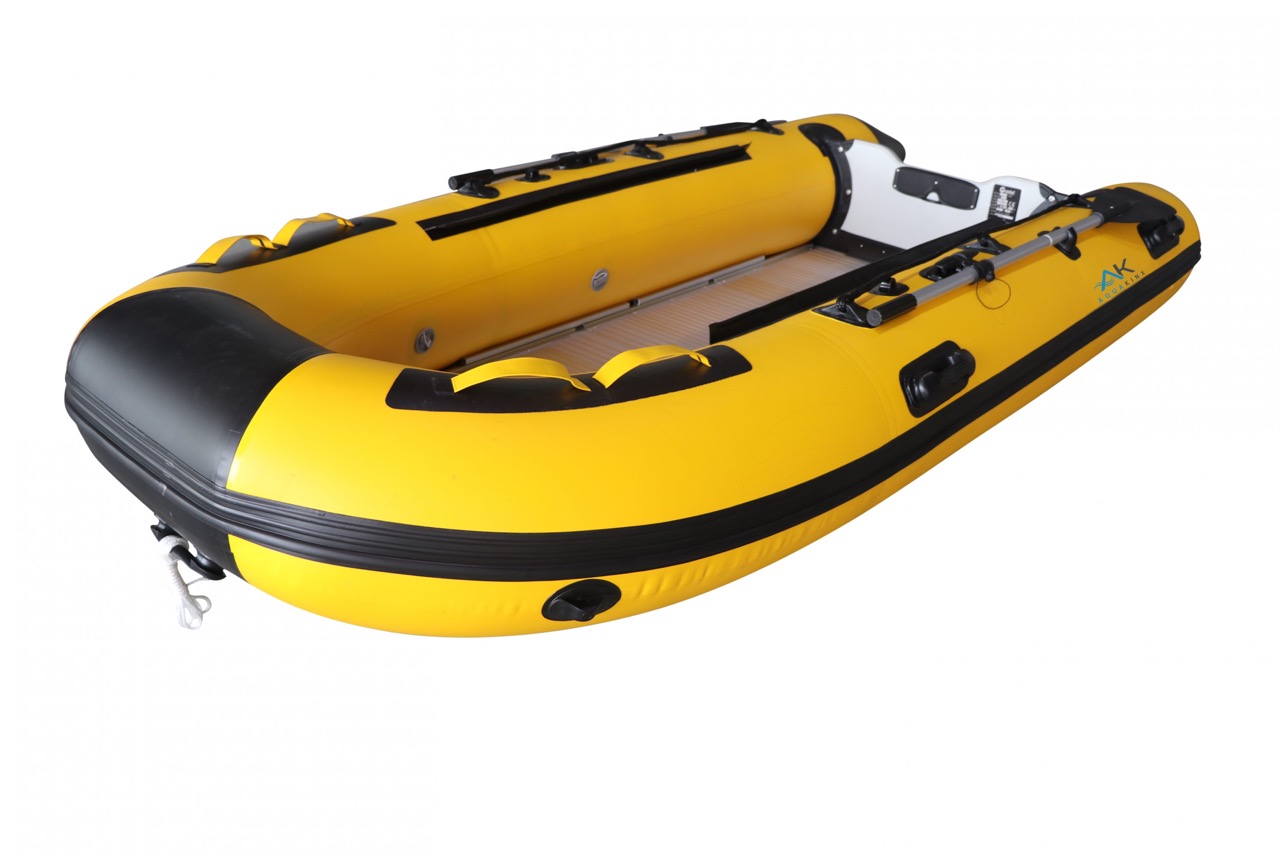
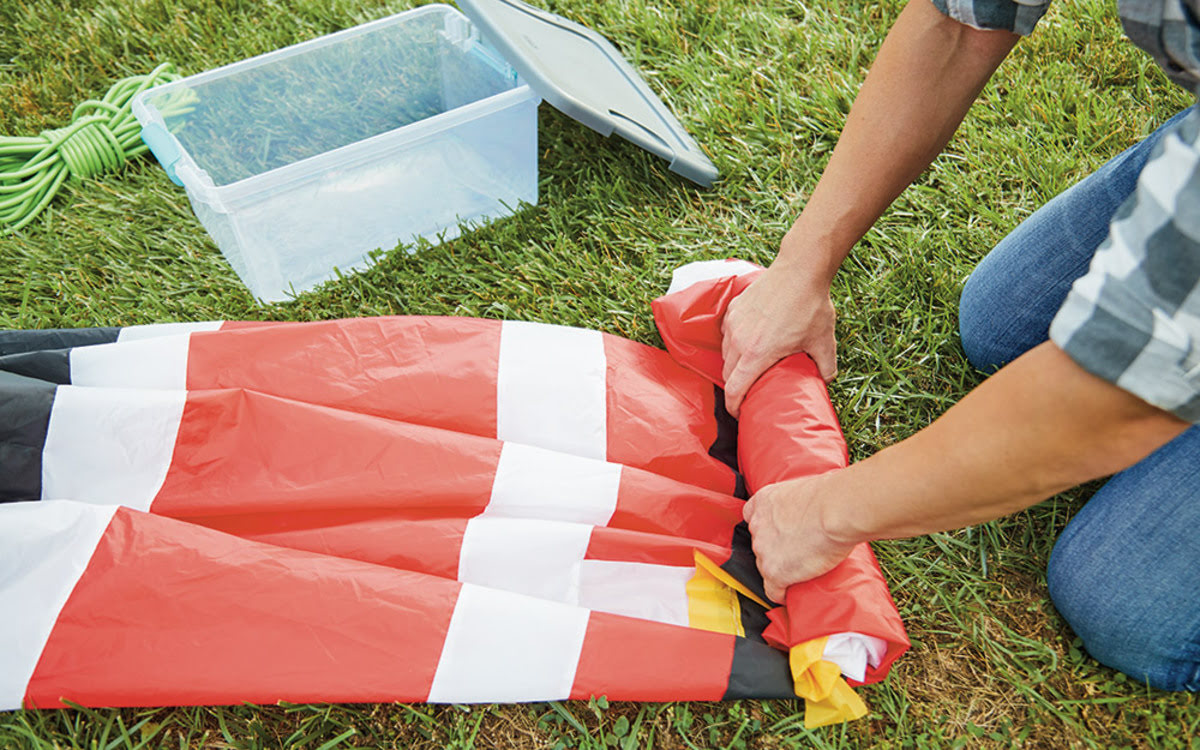
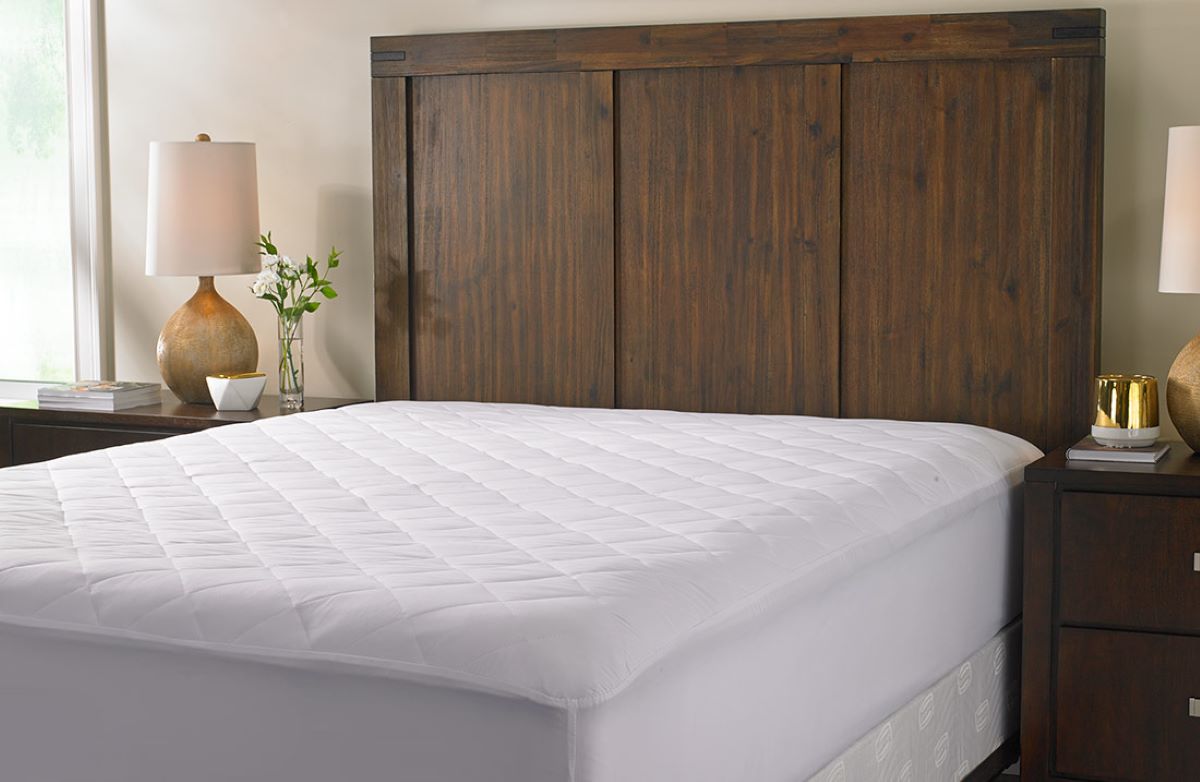
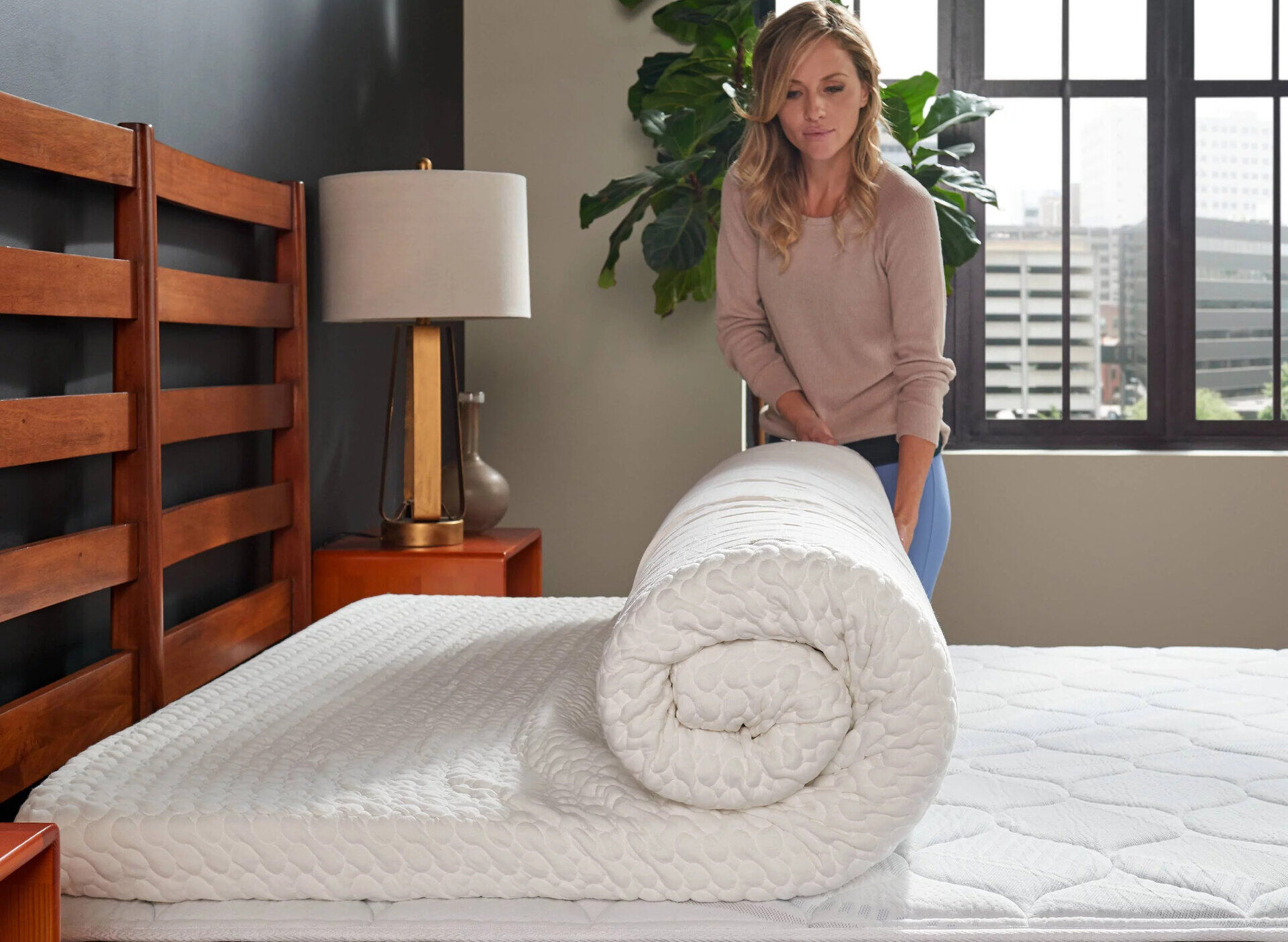
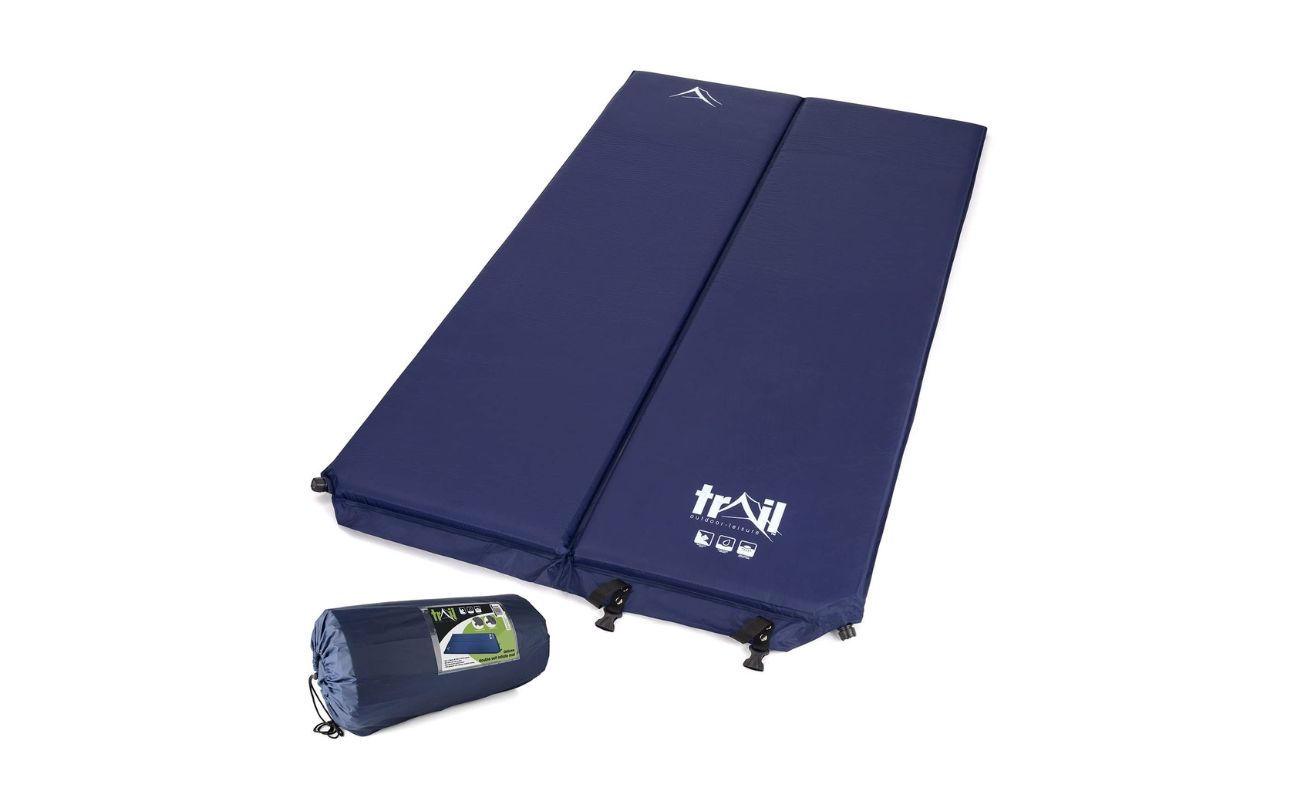
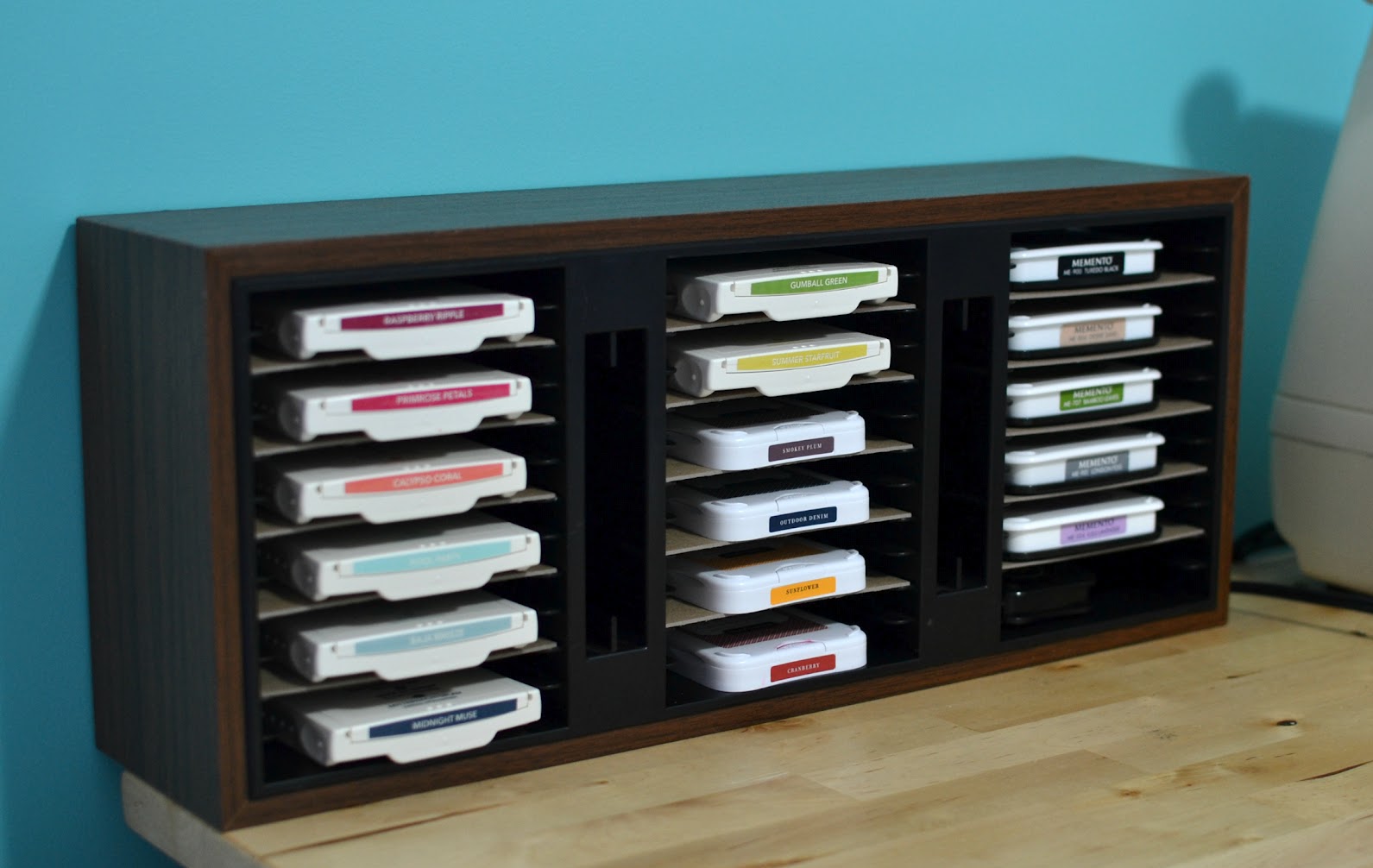
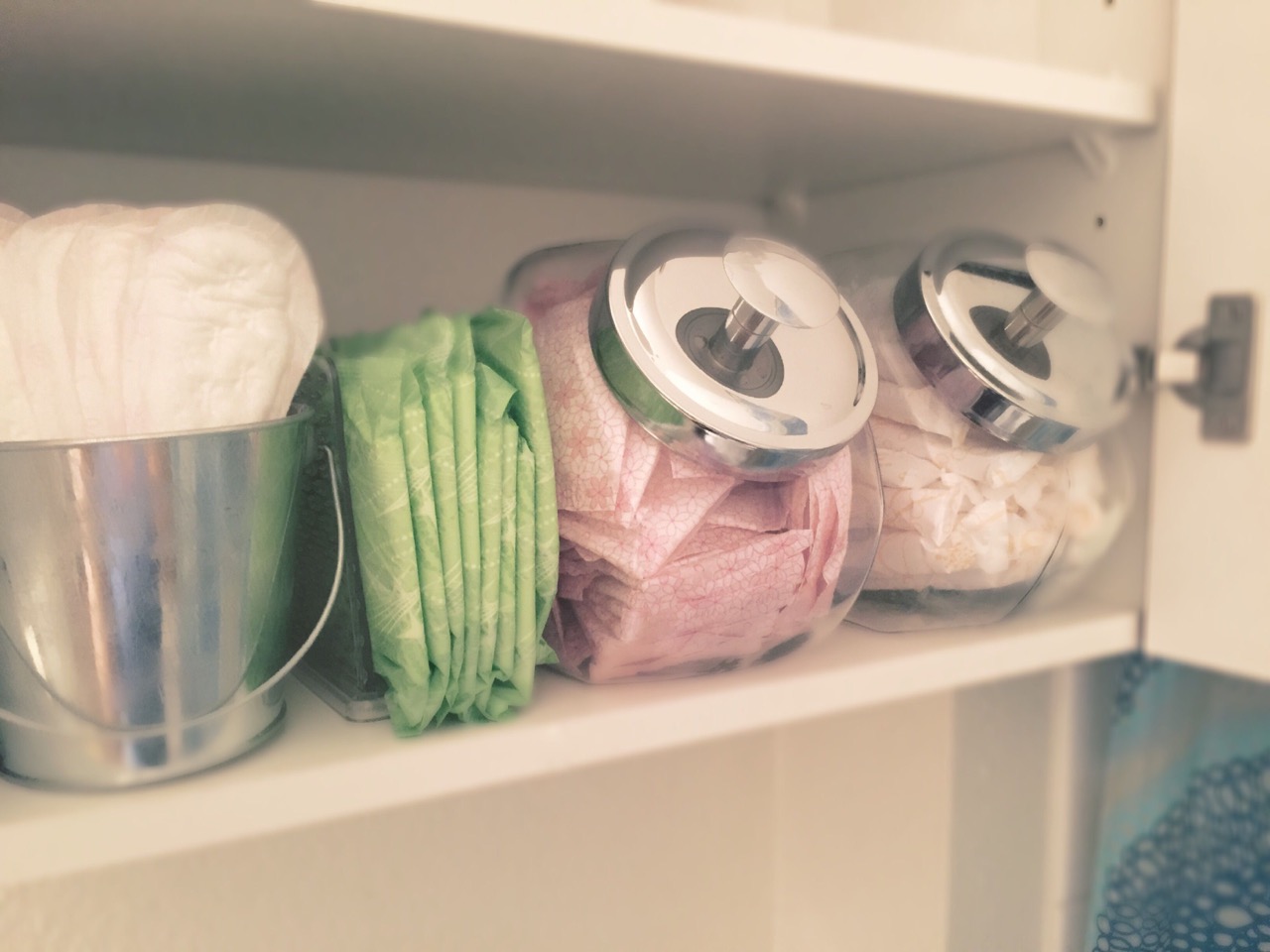
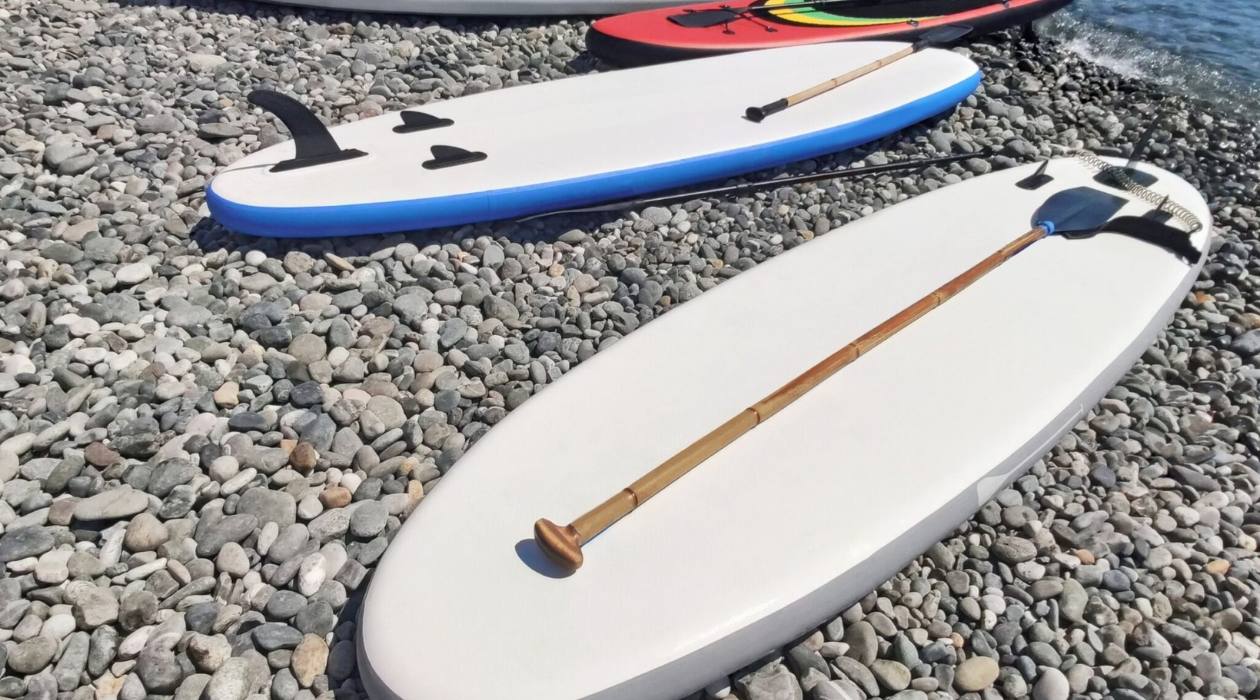

0 thoughts on “How To Store Self Inflating Sleeping Pad”